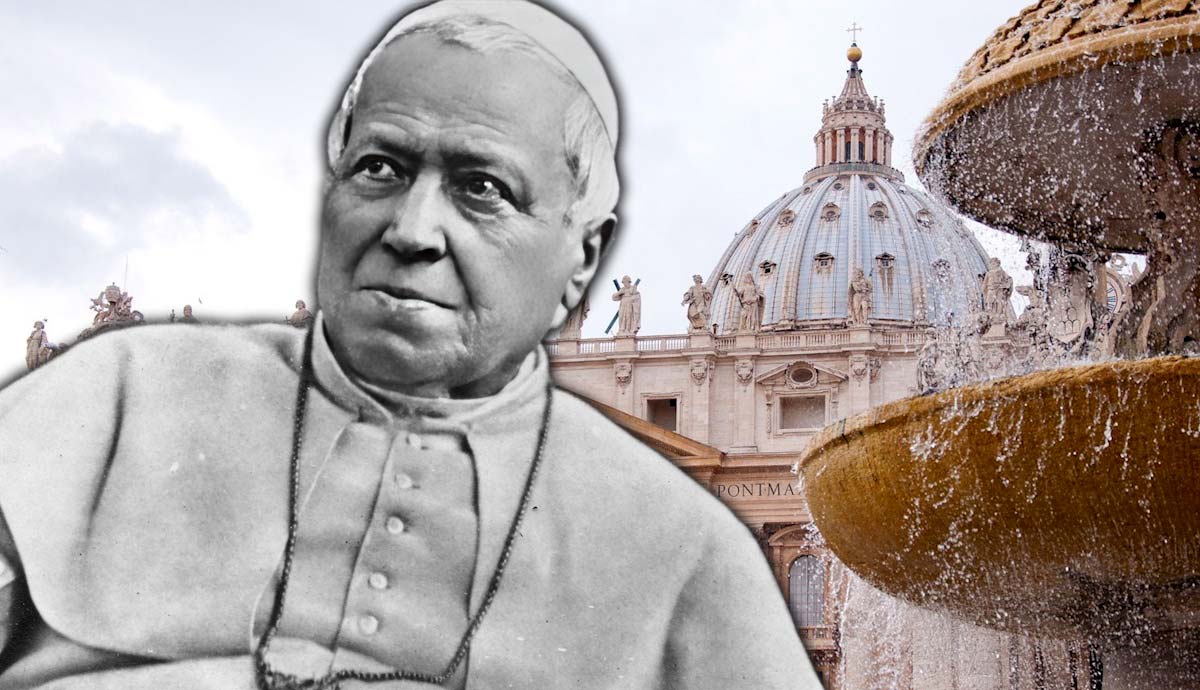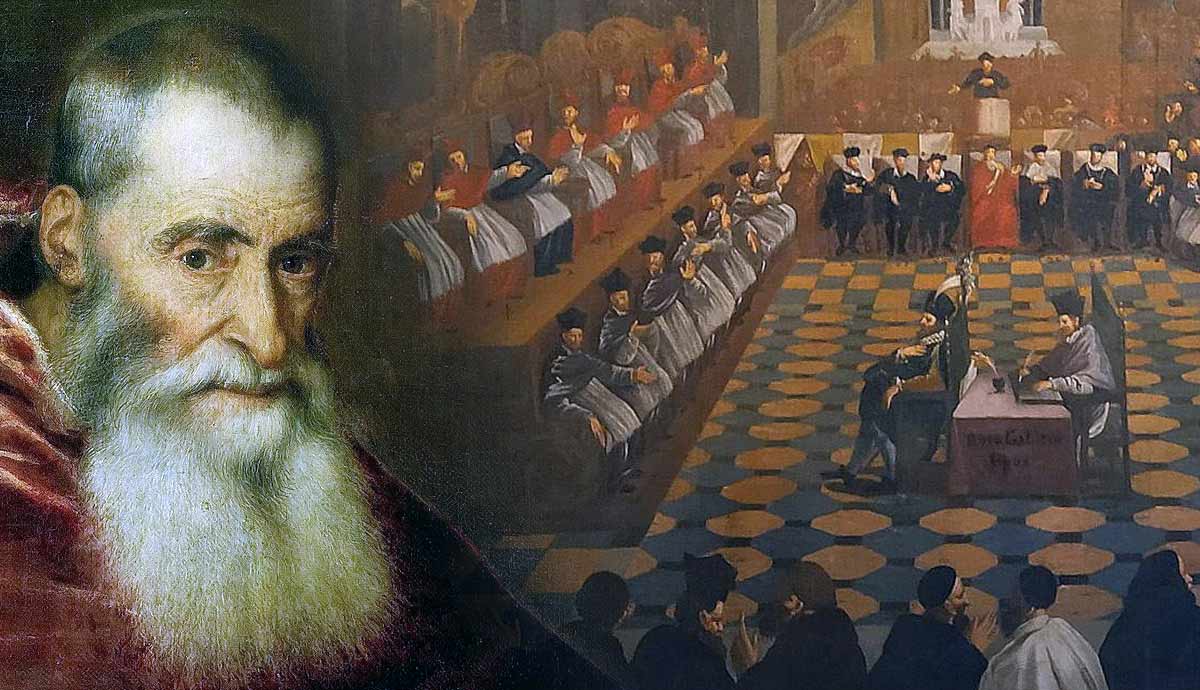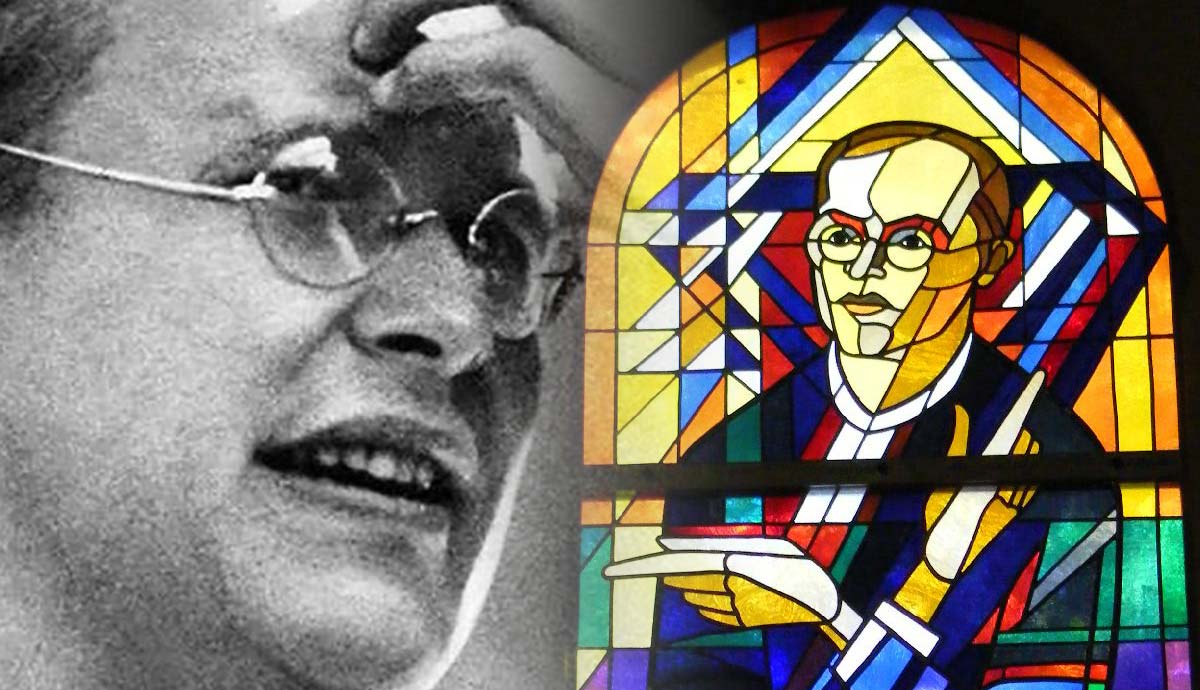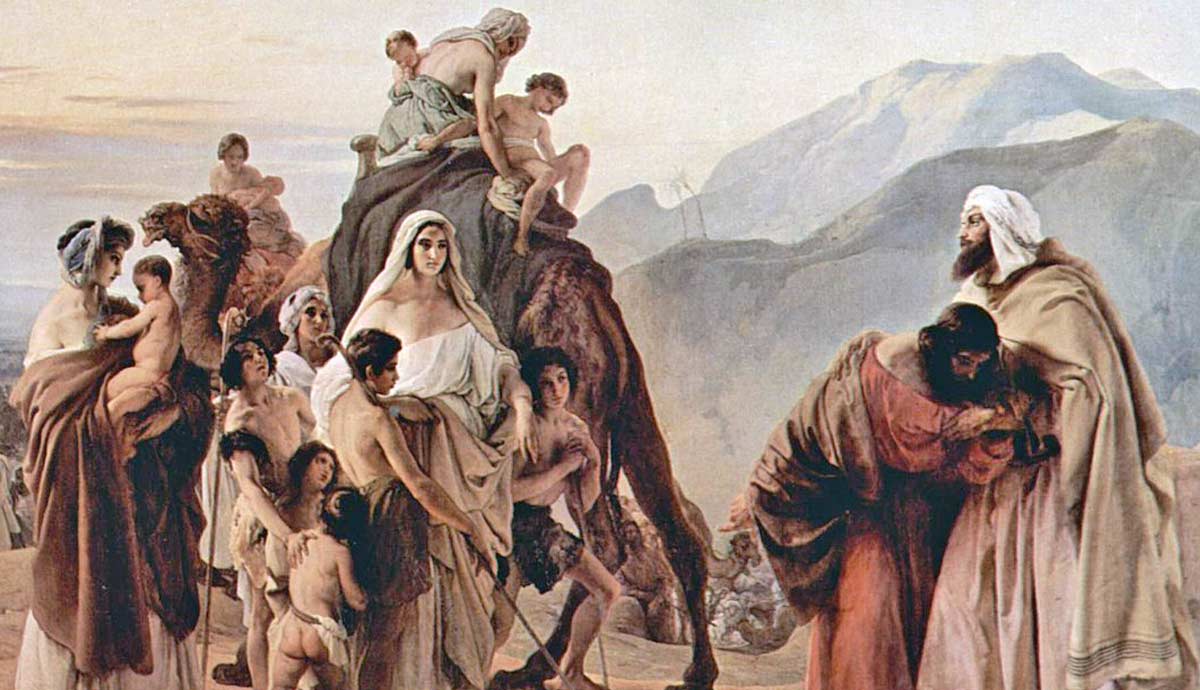
On September 20, 1870, when Italian troops entered Rome through a breach in the city’s wall at Porta Pia, Pope Pius IX refused to accept the new status quo, declaring himself a “prisoner” of the Vatican. He would never set foot outside the palace again. Pius IX’s steadfast unwillingness to recognize the new Kingdom of Italy resulted in the so-called Roman Question, a long dispute between the papacy and the Italian state. The stalemate ended in 1929 when Benito Mussolini signed the Lateran Treaty, a bilateral agreement recognizing the pope’s sovereignty over the new state of Vatican City.
The Origins of the Roman Question and Pius IX

When the conclave elected Giovanni Maria Mastai-Ferretti, bishop of Imola, as the successor of Gregory XVI in 1846, the newly appointed Pius IX found himself in the difficult position of navigating the Roman Catholic Church through the revolutionary ferment sweeping across Europe. Many, including liberal clerics, urged the new pope to modernize and renew the Papal States and the church doctrine.

In the early years of his papacy, Pius IX seemed to pay heed to the liberal Catholics’ requests to introduce modern reforms. He granted a certain amount of freedom of speech, gave amnesty to political prisoners, and created a consultative council formed by non-ordained members. Unlike his predecessor, Pius IX was not indiscriminately ill-disposed toward progress and modern inventions. He approved the construction of a railroad in a portion of his territories, a large stretch of land that extended from Rome through central Italy up to Bologna. He also introduced gas streetlights to Rome.

Pius IX’s initial open attitude to the modern and changing times gained him a reputation as a “liberal pope.” In particular, his political concessions endeared him to the exponents of liberal Catholicism and the Neo-Guelfs, who championed the unification of the fragmented Italian peninsula into a confederation led by the pope.
In his 1843 Del primato morale e civile degli Italiani (On the Moral and Civil Primacy of the Italian Race), Vincenzo Gioberti, a liberal priest and philosopher, declared that the indissoluble link between Catholicism and Italian culture was what made Italy unique among the European countries. Thus, the Risorgimento was possible only through the renewal (and modernization) of the Catholic Church. Gioberti’s book was very successful, especially among the liberal Catholics who supported the movement for Italian independence. At the time, Gioberti’s proposal had the double merit of offering an alternative to Mazzini’s republicanism (deemed too radical by the moderate Neo-Guelfs) and a possible solution to the problem of the coexistence of the church and the future Italian nation.
When Pius IX seemed tolerant of liberalism and modernity, many Catholic patriots hailed him as the political and religious leader described by Vincenzo Gioberti. However, in 1848, Pius IX began to oppose the unification of the Italian peninsula, abandoning his previous sympathies for the “modern doctrines.”
The Pope and the Risorgimento

In 1848, when the first war of independence broke out, Pius IX put an end to Gioberti’s dream, refusing to fight against the Austrians, his “brothers in Christ.” A few days before King Charles Albert of Sardinia-Piedmont declared war on Austria, the pope had granted a constitution. He also appointed a series of popular ministries to prevent the political upheaval sweeping the peninsula from reaching Rome.
However, on November 15, his prime minister, Pellegrino Rossi, was assassinated. A democratic revolution broke out in the city, forcing him to flee to Gaeta. Meanwhile, the constituent assembly elected by universal suffrage abolished the pope’s temporal power. The Roman Republic, however, was soon defeated by the French army.
When Pius IX returned to Rome in 1850, he steadfastly refused to make any concessions, reaffirming his divine right to exercise his temporal power. He reinstated the Inquisition, the Index of prohibited books, and censorship of the press. The rest of his papacy (the longest in history) was marked by conservative and reactionary measures. Most importantly, he fiercely opposed the movement for Italian unification, considering it a threat to his temporal authority and the Papal States.

In the 1860 encyclical Nullis Certis Verbis, Pius IX protested Napoleon III’s suggestion to surrender the possession of Bologna, Ravenna, and other cities that rebelled against his rule. “The patrimony of blessed Peter ought to be preserved completely intact and inviolate and should be defended from all injury,” reiterated the pope. In 1861, following the establishment of the Kingdom of Italy in Turin, Pius IX issued the allocation Jamdudum Cernimus to express his refusal to recognize the new Italian nation or reconcile with the Italian government. The allocution also denounced the “modern civilization” that “strips the Church of its rightful possession.”
The Syllabus of Errors: Pius IX vs. the Kingdom of Italy

After the proclamation of the Kingdom of Italy, the Savoy monarchy and the papacy co-existed in a fragile truce. Before his untimely death, Camillo Benso di Cavour, the architect of the Risorgimento, declared that the new Kingdom ought to set its capital in Rome. A supporter of the policy of “a free church in a free state,” the Piedmontese prime minister believed that the pope should renounce his temporal authority. Many Italian patriots, including Giuseppe Mazzini and Giuseppe Garibaldi, shared Cavour’s belief that the unification of Italy could be completed only with Rome as its capital. In 1862, Garibaldi organized an expedition of his red shirts to conquer the Holy City. Fearing the reaction of the French garrison protecting the pope, the Italian government sent troops to stop him. The news of the national hero’s injury at Aspromonte was met with shock and anger throughout the peninsula.
The Italian government tried to solve the Roman Question through diplomacy in 1864. In particular, Italy was eager to persuade Napoleon III to withdraw the French garrison from Rome. On September 15, 1864, the two countries reached an agreement, later dubbed the September Convention. The compromise required the French troops to leave Rome. In exchange, Italy apparently renounced to make the Holy City its capital and agreed to protect the remaining papal territories. Having obtained the withdrawal of the French, the Italian government hoped to find a pretext to annex Rome to the rest of the kingdom.

Three months after the Convention of September, Pius IX made his uncompromising condemnation of the “modern civilization” official in the Syllabus of the Principal Errors of Our Time, a document published with the encyclical Quanta Cura. The Syllabus decreed that all modern doctrines (liberalism, secularism, naturalism, rationalism, socialism, and Marxism) were incompatible with the Catholic Church. Therefore, they should be firmly rejected by all believers.
These “sects,” lamented the pope, aimed to
“submit the Church of God to the most cruel servitude, to undermine the foundations on which it rests, to contaminate its splendid qualities; and, moreover, to strike it with frequent blows, to shake it, to overthrow it, and, if possible, to make it disappear completely from the earth.”
Thus, the 80th article denounced as an error the belief that “the Roman Pontiff can, and ought to, reconcile himself, and come to terms with progress, liberalism and modern civilization.”
Giuseppe Garibaldi’s Last Expedition & the First Vatican Council

In the spring of 1867, Giuseppe Garibaldi made another attempt to conquer Rome with the secret support of the Savoy monarchy. King Victor Emmanuel II and his government hoped that Garibaldi’s expedition would prompt a popular uprising in the Holy City, thus justifying the intervention of the Italian army to “defend” the pope. However, Garibaldi’s mission failed. On November 3, the French army defeated Garibaldi’s red shirts at Mentana, a town north of Rome. The Italian government had no choice but to arrest the “Hero of the Two Worlds” and place him under house arrest on the island of Caprera.
Amid the attacks on his temporal authority and the remaining papal domains, Pius IX decided to gather all bishops and cardinals in an Ecumenical Council. The pope viewed the grand event, later known as the First Vatican Council, as an opportunity to uphold the Syllabus’ condemnation of “modern civilization” and officialize the concept of papal infallibility.
The idea that the pope’s teachings in matters of faith and morals could not be challenged was far from new. However, it was not yet part of the church’s official doctrine. For Pius IX and his supporters, the principle of infallibility was a strong barrier against the secular powers and their erosion of the church’s authority. On July 18, despite the opposition of German, French, and American bishops, the council decreed the pope’s infallibility when he instructed ex-cathedra (from the chair).
Pius IX’s claim angered the Italian and European rulers, who saw it as a challenge to their authority. “When Eve bit the apple, and told Adam he can/ Jesus, to save mankind, made himself a man,” commented the Italian satirical weekly newspaper Il Pasquino, “but the Vicar of Christ, Pius number nine/To make man a slave, wants to make himself divine.”
September 20, 1870: The Pope as “Prisoner of the Vatican” & the Law of the Guarantees

On September 1, 1870, the French army was defeated at Sedan. Napoleon III surrendered to King William I of Prussia. A popular uprising in Paris declared the end of the Second Empire. Suddenly, the pope found himself without his military protection.
It was the opportunity the Italian government had been looking for. On September 20, 1870, the Italian troops finally entered Rome through a breach into the city walls near Porta Pia. Pius IX took refuge in the Vatican palace and declared himself a “prisoner.” In the encyclical Respicientes ea omnis, he excommunicated the “usurpers” and declared the occupation of his territories “unjust, violent, null, and void.” “Furthermore,” denounced the document, ”We protest before God and the whole Catholic world that while detained in such captivity, We are unable to exercise Our supreme pastoral authority safely, expediently, and freely.” On July 1, 1871, Rome officially became the capital of the Italian nation.
After Pius IX refused to negotiate with the Italian government, on May 13, 1871, King Victor Emmanuel II signed the so-called Law of the Guarantees, a unilateral agreement aiming to settle the dispute between the monarchy and the papacy. The law granted the pope perpetual ownership of the Vatican and Lateran palaces and Castel Gandolfo, his summer residence. These properties would also be exempt from taxes. The Italian government offered to pay the pope an annual income of 3,225,000 lire.
The Law of the Guarantees further recognized the inviolability of the pope’s spiritual authority and apostolic mission. Finally, the government exempted Italian bishops from pledging their loyalty to the king. However, they would require government approval before taking control of any papal property outside the Holy City.

Two days after the promulgation of the Law of Guarantees, Pius IX responded with the encyclical Ubi nos. Addressing all bishops, the pope denounced the “guarantees” as “empty immunities and privileges.” He further stated that “Divine Providence gave the civil rule of the Holy See to the Roman Pontiff. This rule is necessary in order that the Roman Pontiff may never be subject to any ruler or civil power.”
Pius IX reminded the Italian rulers that the Church’s rights and prerogatives were given “directly from God Himself” and not “borrowed” from the government. In 1874, Pius IX prohibited all Italian Catholics from casting their ballot in the national elections with the decree Non expedit. During the last four years of his pontificate, Pius IX never left his self-imposed prison.
Pope John Paul II beatified him in 2000.
The Lateran Treaty & Resolution of the Roman Question

Pope Leo XIII, who succeeded Pius IX in February 1878, continued his predecessor’s policy toward the Kingdom of Italy, refusing to accept its existence and remaining in the Vatican Palace. The first change in the papacy’s attitude toward the Savoy monarchy happened during the pontificate of Benedict XV, who lifted the Non expedit to counter the growing socialist movement. Thus, in 1919, Don Luigi Sturzo, an Italian priest, founded the first Catholic party in Italy, the Italian Popular Party (PPI). In the national election held the same year, the PPI won 21 percent of the vote. While the Catholics were allowed to actively participate in politics, the Roman Question remained unsolved. The long hostility between Italy and the papacy ended only in 1929 when Mussolini and Pietro Gasparri, Pope Pius XI’s secretary of state, signed the Lateran Treaty.
In the 3rd article of the agreement, the Italian state granted the Holy See “full ownership” and sovereignty over the newly established state of Vatican City. It also recognized Catholicism as the “only state religion,” thus agreeing to include it in the public schools’ curriculum.
In exchange, the pope “declar[ed] the Roman Question to be definitely and irrevocably settled and therefore eliminated, and recogniz[ed] the Kingdom of Italy under the Dynasty of the House of Savoy, with Rome as the capital of the Italian State.”
The Lateran Treaty also included a Financial Convention, where the nation of Italy agreed to compensate the pope for the loss of his territories. The 1948 republican constitution confirmed the concordat.










